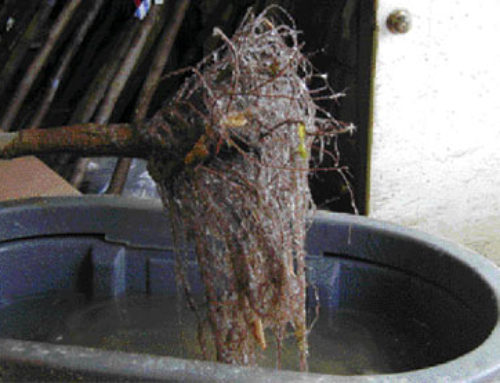Gardening Tips: Keeping Plants Healthy and Moist
Our plants do so much for us, whether in our gardens providing us food or in our living rooms beautifying the house, but how exactly can we return the favor? Sure, we water them from time to time, but the first step to really making the most of our houseplants or gardens is to understand them.
You’ve probably heard a lot of different plant physiology terms before and we all know which parts are the stem and which are the leaves, but what about when we consider the tiny, invisible structures on our plants? I mean, what the heck is a stomata and why on earth should I care?
Stomata are the tiny aperture structures on plants on the outer skin layer, also known as the epidermis. Yep, plants have skin too! Stomata are found on all above-ground parts of plants, including petals of flowers, petioles (those little stalks that attach the leaves to the stem), soft herbacacous stems and leaves.
The stomata consist of two specialized cells, called guard cells, that surround little pores called stoma. Their main function is to allow gases such as carbon dioxide, water vapor and oxygen to move rapidly into and out of the leaf.
So why is it important to know this?
Much like humans, plants can get dehydrated. They lose moisture through their pores, or their stoma, through a process called transpiration. If a plant transpires and isn’t able to take additional moisture through watering or rain, they can enter a state of dessication, or extreme dryness, causing plants to wilt and often times die. Yes, die!
There are many ways to prevent dessication, by regular watering, or more reliably, through the use of a foliar antitranspirant, a protective spray that holds moisture inside the leaves. So protect your plants, hard and soft wood alike. Keep them moist and never let them sweat.
Happy gardening!




